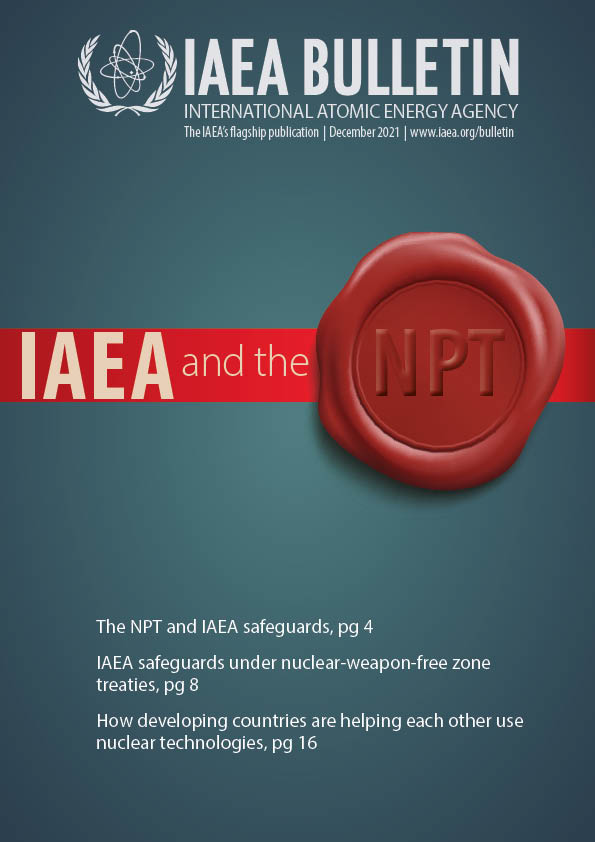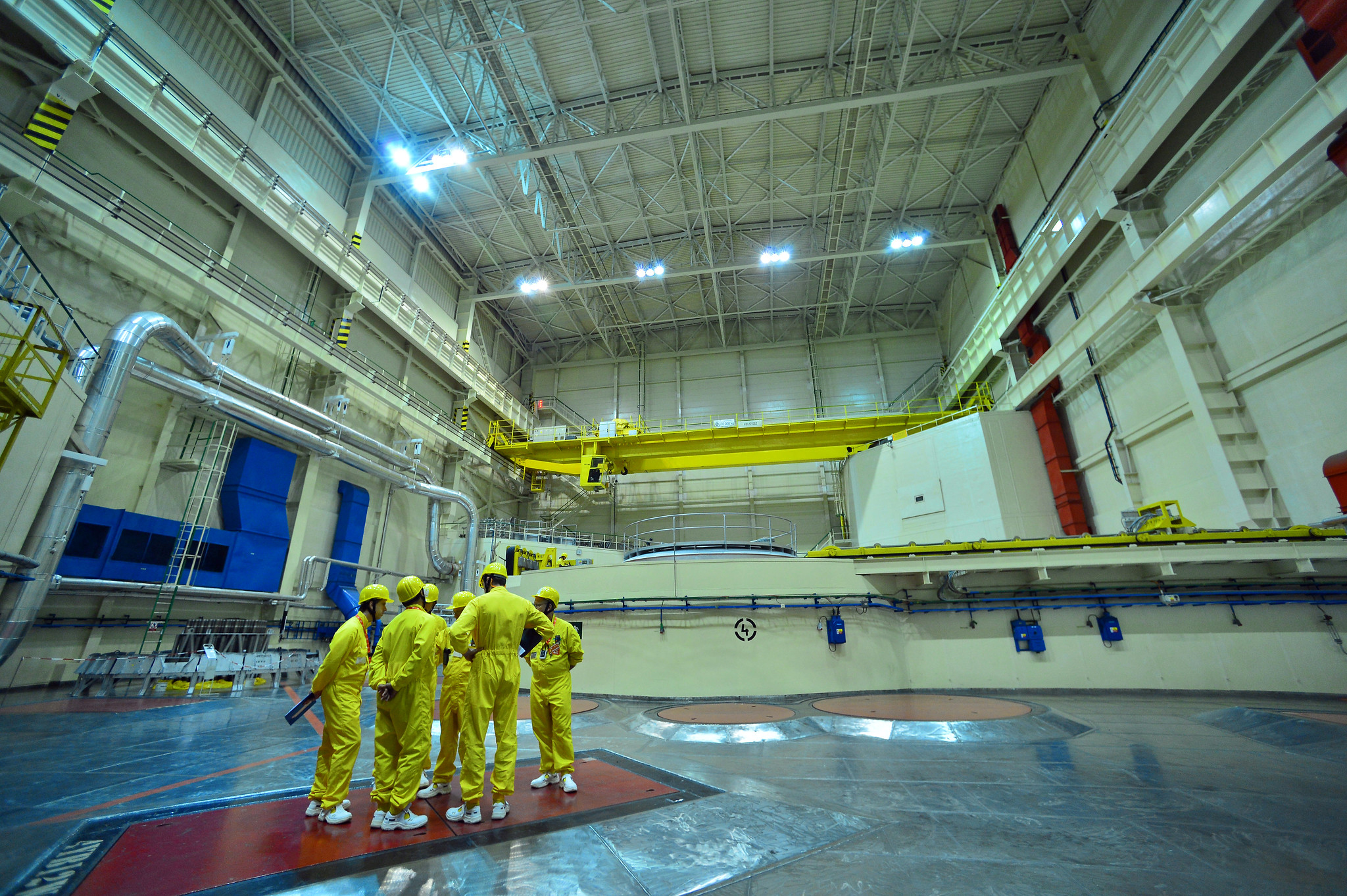The establishment and administration of safeguards is one of the main functions of the IAEA under its Statute, which entered into force in 1957. The Statute authorizes the IAEA to “apply safeguards, at the request of the parties, to any bilateral or multilateral arrangement, or at the request of a State, to any of that State’s activities in the field of atomic energy.”
The IAEA concluded its first safeguards agreement in 1959, long before the NPT entered into force. Since then, both the IAEA legal framework for safeguards and the implementation of safeguards have evolved. This is mainly due to the entry into force of multilateral treaties requiring IAEA safeguards (see here), as well as advances in nuclear technology, technological developments in the field of safeguards, practical experience gained by the IAEA from the implementation of safeguards, and the need to strengthen the effectiveness and improve the efficiency of safeguards.
Before 1971, when the first comprehensive safeguards agreements (CSA) with an NNWS in connection with the NPT was concluded, the IAEA had implemented safeguards for 32 States under item-specific safeguards agreements.
Since June 1971, 178 NNWSs party to the NPT have brought into force CSAs with the IAEA, and 8 NNWSs have yet to do so. All five NWSs party to the NPT have concluded voluntary offer agreements with the IAEA. Three countries that are not Party to the NPT, India, Israel and Pakistan, have item-specific safeguards agreements in force with the IAEA.
The implementation of safeguards under CSAs between 1971 and 1991was focused mainly on the verification of nuclear material and facilities declared by States. The IAEA’s safeguards experience in Iraq and the Democratic People’s Republic of Korea in the early 1990s demonstrated that the IAEA’s capabilities to detect undeclared nuclear material and activities were limited. Since 1991, several measures have been adopted by the Board of Governors to strengthen the effectiveness and improve the efficiency of IAEA safeguards.
The most important development was the approval of the Model Additional Protocol by the Board of Governors in 1997. Additional protocols (APs) contain important measures that significantly increase the IAEA’s ability to detect undeclared nuclear material and activities in a State with a CSA. Since May 1997, 138 States party to the NPT have brought into force APs, including the 5 NWSs.
The IAEA’s safeguards responsibilities and workload have increased steadily since 1971. By the end of 2020, the IAEA had applied safeguards for 184 States, including 181 States party to the NPT (176 NNWSs and 5 NWSs); and more than 1300 nuclear facilities and locations were under IAEA safeguards. In 2020, IAEA inspectors conducted more than 3000 inspections in the field.

